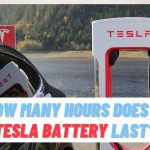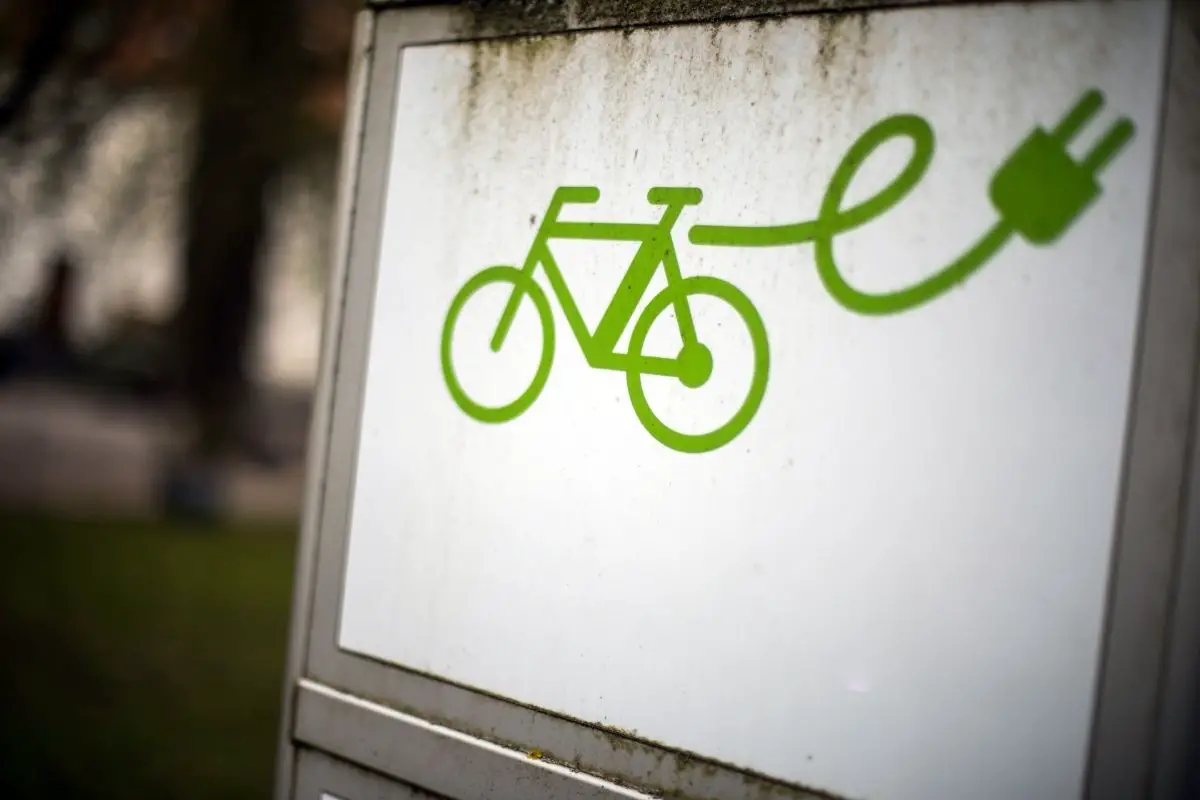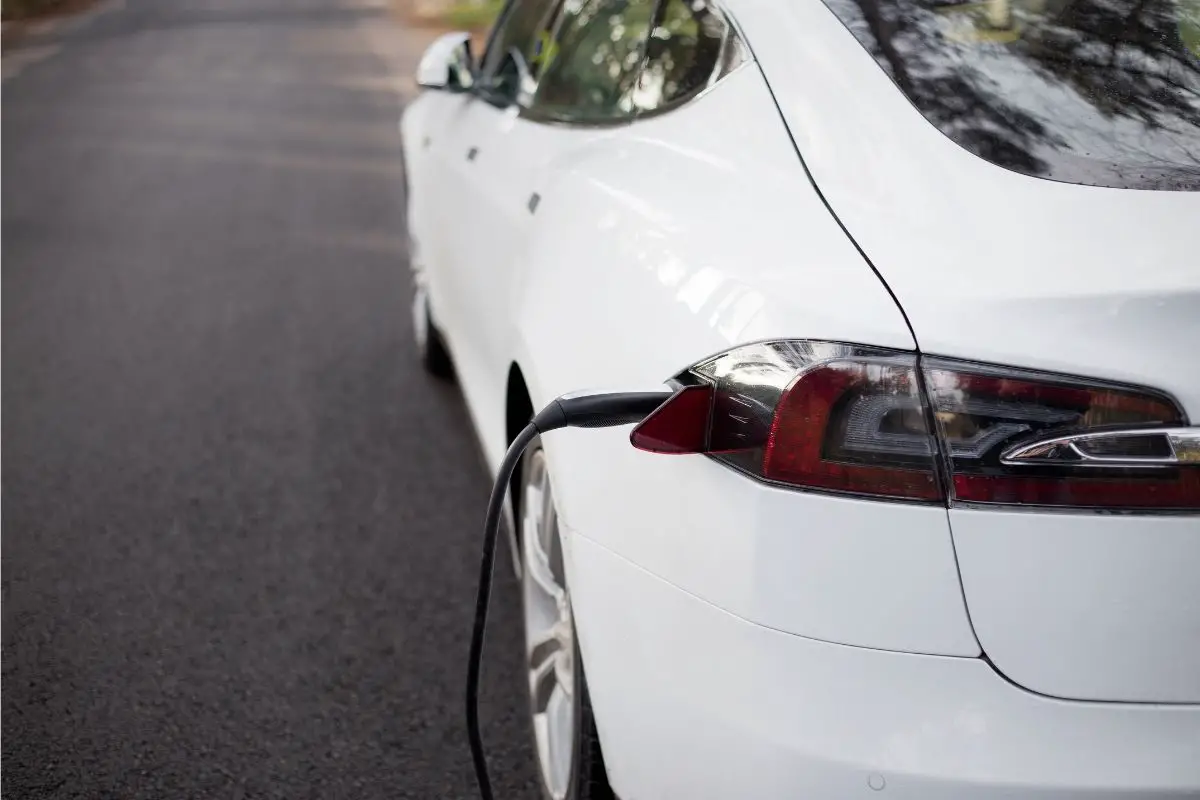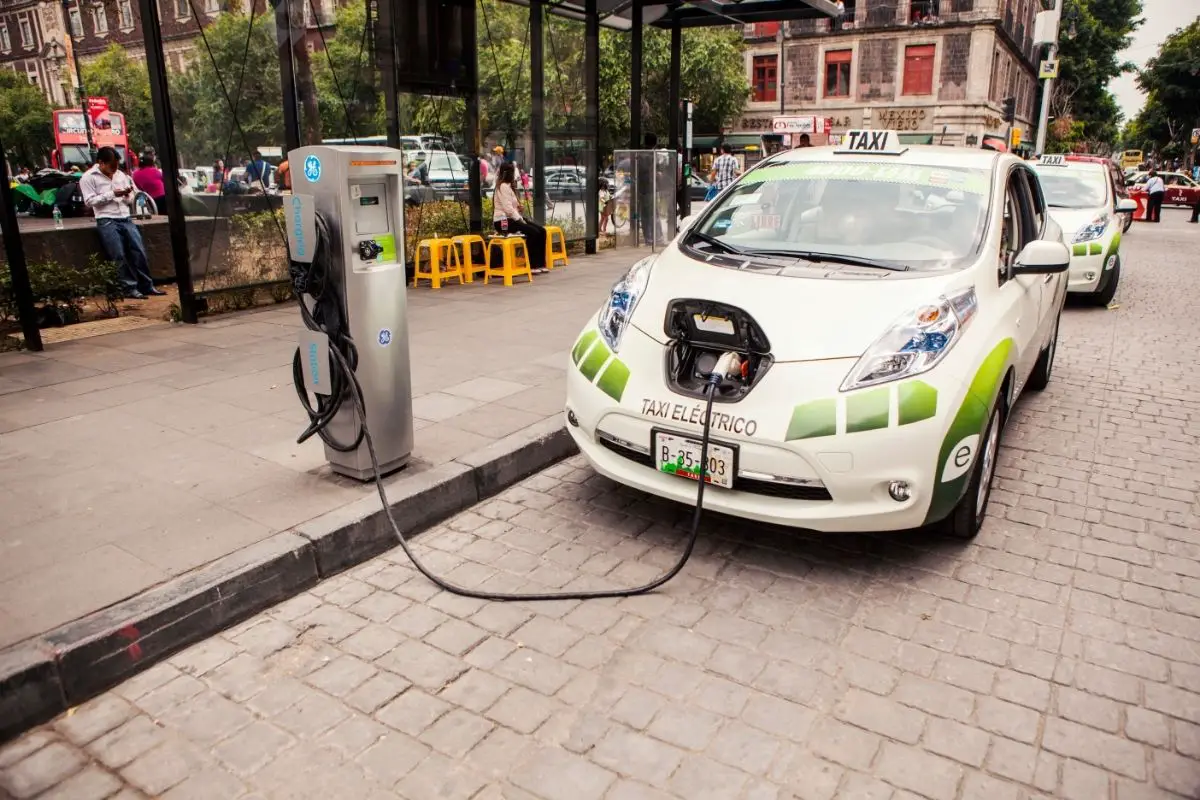Last Updated on March 18, 2022 by
A wall connector is the fastest charging option for charging your Tesla at home. There are many different types of home charging options available, so choose the one that suits your lifestyle and driving needs best.
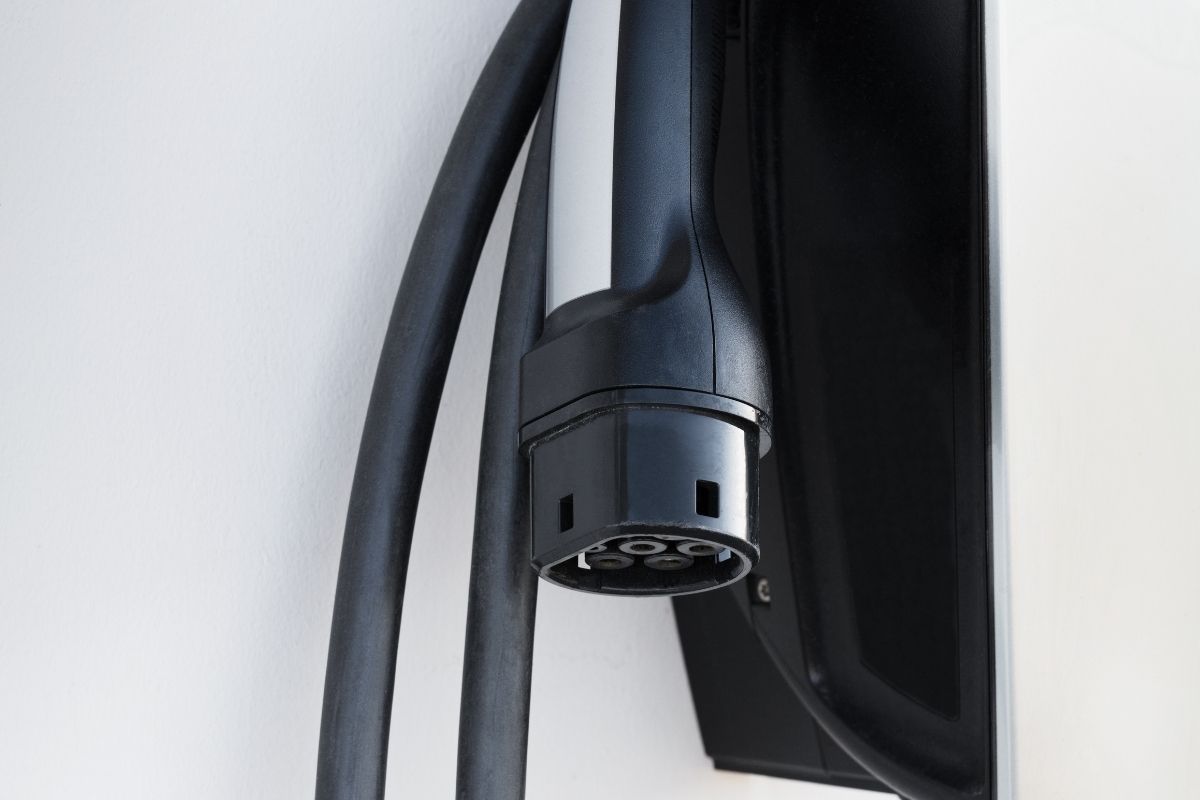
How do you install a Tesla Wall Connector? Well, you’ll find out with this simple guide!
Tesla Wall Charger Basics
When Should I Install My Wall Connector?
You’ll need to install a Tesla home charger if you want to charge your car at home.
Most people won’t already have access to a Tesla home charger, of course, so you should buy one online. It is recommended that you complete installing your home charging before you buy your car.
How Long Does It Take To Install A Wall Connector?
Most installations will take about 2-3 hours, but complex installations can take a couple of days to complete. Plus, finding and booking an electrician can take as long as 2 weeks, so acting early is advisable.
Can I Install My Tesla Wall Connector Myself?
If you are a confident electrician and have lots of electrical experience, then you will be able to install your Tesla Wall Connector yourself. However, it is an intricate and complicated procedure, so we highly recommend hiring a professional to handle the installation for you.
Do I Need Permission To Install A Home Charger?
Always make sure you’ve got approval to install home charging. Increasingly, condo/apartment buildings are required by law (and sometimes even your landlord) to allow EV charging.
This makes business sense, and it’ll only become more important as more people buy EVs.
Cost Of Installation
How Much Does It Cost To Install Tesla Home Charging Equipment?
You’ll need a licensed electrician to install your charger. Electricians should be contacted directly.
You should always get an estimate before you hire someone to install your charger. This will help you know how much money you’ll need to spend. Requesting quotes online makes it easier to get multiple quotes.
As a guide, the average installations can cost between $750 and $1500, with complex jobs costing closer to $7000.
What Is Included In The Installation Cost?
Your installation costs will cover the electrician’s service fee, the materials, the permit, an inspection, and installation warranty.
What Additional Costs Might I Be Charged For?
Make sure that you ask about any additional charges that may come up during the process of installing your Tesla wall connector.
Typically additional costs include: long wire run; additional sub panel; trenches underground; main panel upgrades; pedestals; cables hidden behind walls.
Is There A Federal Tax Credit For Tesla Home Chargers?
Incentives may be available to you, or your building manager, at the federal, local, state, county, and utility levels. The US government currently offers a Federal Tax Credit covering 30% of the cost of Electric Vehicle home chargers and installation.
Tesla Wall Connector
Why Buy A Tesla Wall Connector?
The Tesla Wall Connector is the Level 2 charging option that Tesla recommends as the most dynamic home charging solution for Model x, Model s, Model y, and Model 3.
It is a hard-wired setup that is simple to use, much faster than the Tesla Mobile Connector, and is suitable for outdoor installations, making it a convenient charging solution.
The Wall Connector uses a 240-volt power supply and tends to work most effectively on a 60 or 40 amp circuit breaker.
What Is Smart Charging?
The Tesla Wall Connector is a Smart Charger, meaning that has in-built WiFi connectivity. This Wi-Fi connectivity allows you to receive live firmware updates so your home charging can stay up to date without you needing to do anything.
How Do I Use A Wall Connector?
Once your wall connector is installed, you simply run the power cord from the electrical panel to your Tesla Car and plug in. The 24-foot cable allows you lots of range between the charge port and the vehicle.
Other Home Charging Options
What Is Level 1 Charging?
Level 1 charging requires nothing more than plugging in your car to a standard household outlet outlet. A regular 120-Volt AC charging port will do. No installation costs or other expenses are involved.
The Tesla mobile connector is included with each car and is used to convert 120-V AC into DC.
This is commonly referred to as trickle charging because you’re basically just trickling electricity into your car at an incredibly slow rate of about 3-4 miles of range per hour. This option works best when you overnight charge.
For some owners, that’s actually all the charging speed that they need, and this is a very convenient charging solution.
What Is Level 2 Charging?
Other people want to charge their car faster, so they choose to use a level 2 charging station or at least use a 240-Volt outlet to charge their EV. These are known as dryer outlets and you will require a special NEMA 14-50 plug to use them.
Instead of adding 3-4 miles of driving range per hour, you can add 15-30 miles of range per hour.The faster charging speed is immediately noticeable, and it can be very helpful or even crucial for some people’s charging needs.
The Tesla Wall Connector is Tesla’s recommended Level 2 charging solution.
What Is A Smart Splitter
A smart splitter allows you to share an existing 240-V outlet between two devices. This means that you won’t need to install any additional wiring or outlets if you have more than one EV. Using this method, you’ll save some money since you won’t need to buy a new home charger. However, if you’re going to use this feature, you’ll need to pay attention to how much power each device uses.
What is Level 3 Charging?
Level 3 charging stations use direct DC current to fast charge electric vehicles. The operate at 480-Volts and more, so are not viable with home electrical systems. Level 3 charging can provide 100 miles of range per hour and over!
Tesla Supercharger stations are public ports specific to Tesla users. These charge ports are located on highways and store parking lots. They can charge your Tesla in as little as 90 minutes. They are best for long journeys and emergency top-ups.
Conclusion
Every Tesla owner should have their own charger at home. The convenience and reliability of your car will depend on it. Though the mobile connector is a cheap and easy option, the Tesla wall connector provides much speedier and more powerful charging.
- Why Electric Vehicles Are Not Popular - January 29, 2023
- How Long Do Tesla Batteries Last Per Day? Battery Facts - January 25, 2023
- Do Electric Vehicles Have Air Conditioning? - December 21, 2022

